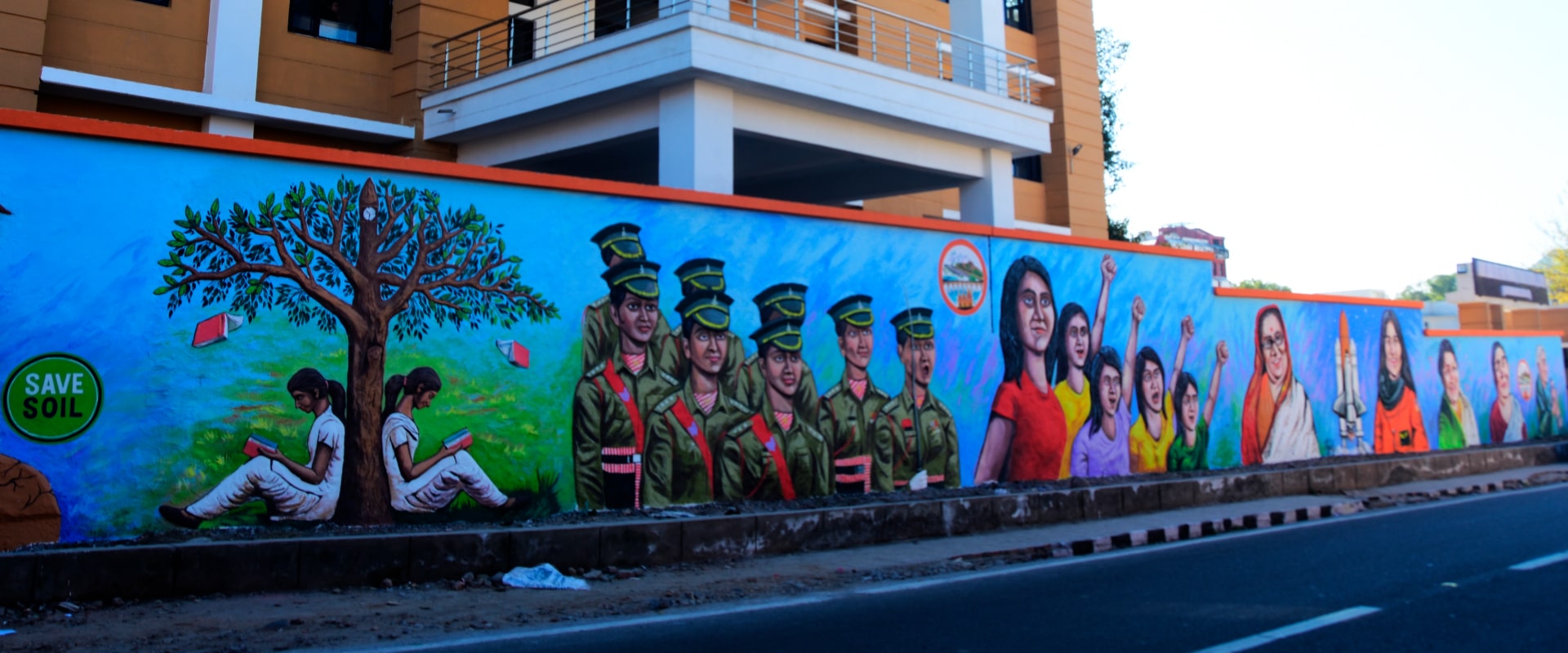

"Jammu, a city perched on the Shivalik Range, is the esteemed winter capital of the region, offering breathtaking views of the northern plains."
Nestled gracefully upon the majestic Shivalik Range, with an enchanting vista overlooking the northern plains, lies the winter capital of Jammu & Kashmir. This timeless city owes its origins to the visionary Raja Jamboo Lochan, a luminary of the 14th century BC. Legend whispers of a magical encounter by the Tawi River, where a lion and a goat quenched their thirst side by side, in perfect harmony, as if nature herself had orchestrated a symphony of peace.
"Raja Jamboo Lochan, an ancient ruler from the 14th century BC, founded Jammu after a mystical encounter by the Tawi River, where a lion and a goat drank water together in harmony."
Such a mesmerizing sight left the Raja awestruck, and in that very moment, he realized the profound virtue that thrived within the soil of this blessed land. Abandoning his hunting pursuits, he resolved to create an oasis of compassion and serenity, a capital city named 'Jambupura' on the right bank of the River Tawi. This veritable paradise, later known as Jambu-Nagar, would eventually evolve into the cherished city we now call Jammu.
With a storied past woven into the very fabric of time, Jammu's name finds itself inscribed in the ancient pages of the revered Mahabharata. Archaeological marvels unearthed near Akhnoor, just 32 kilometers away, bear testament to Jammu's illustrious connection with the enigmatic Harappan civilization. Echoes from the past resound through the remains of the Maurya, Kushan, and Gupta periods, hinting at the grand tapestry of history this city embodies.
"Jammu's historical significance is evident through its mention in the ancient epic, Mahabharata, and archaeological discoveries linking it to the Harappan civilization, Maurya, Kushan, and Gupta periods."
In the year 1730 AD, Jammu welcomed a transformative era under the reign of the esteemed Dogra king, Raja Dhruv Deva. Under his wise governance, the city blossomed into a hub of art and culture, nurturing the flourishing Pahari school of paintings, which still captivates hearts to this day.
As we fast-forward to the present, Jammu stands as a living testament to Raja Jambu Lochan's visionary dream. A skyline adorned with countless temples and shrines, their glistening 'shikhars' soaring towards the heavens, bestows upon the city an aura of divine serenity. Such is the awe-inspiring ambience that earned Jammu the fitting moniker, the 'City Of Temples.'
"Jammu is celebrated as the 'City of Temples,' adorned with innumerable temples and shrines with dazzling 'shikhars,' creating an aura of holiness and serenity."
Among these sacred edifices stands the revered Temple of Maha Kali, known affectionately as Bahu or Bawey Wali Mata. Its mystical power mirrors that of Mata Vaishno Devi herself, drawing devotees from far and wide. A marvel conceived shortly after the coronation of Maharaja Gulab Singh in 1822, the temple and the magnificent Bahu Fort surrounding it exude an irresistible allure, steeped in history and reverence.
Today, as the sun sets over this timeless city, a seamless harmony of past and present envelops its soul. Jammu's journey from a land of legendary tales to a bustling centre of spirituality and culture is an enchanting odyssey that continues to captivate hearts. And as you wander amidst the ethereal 'City Of Temples,' you can't help but feel the echoes of centuries past, whispering their secrets and embracing you in their enduring embrace.
"Jammu's captivating journey from ancient times to the present day continues to enchant visitors, weaving together tales of spirituality, culture, and the harmony of nature."